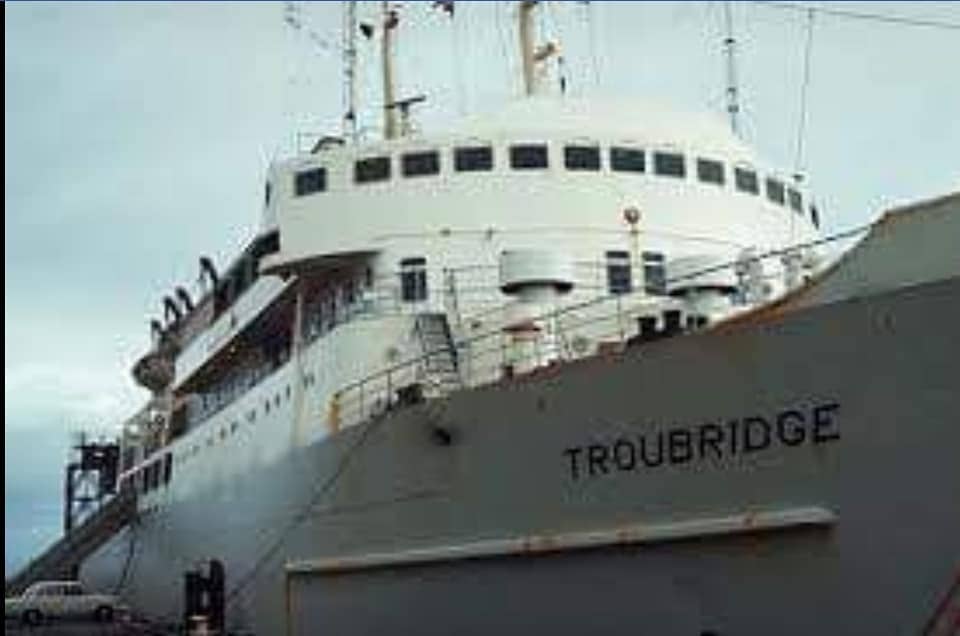The Cygnet was a sturdy barque built in 1827 by John Gilmore and Company at Sulkea, located across the Hooghly River from Calcutta in British India. Constructed primarily from durable teak, the vessel measured 91 feet (27.7 metres) in length, with a beam of 24 feet (7.3 metres) and a draught of 16 feet (4.9 metres)—well-suited for long ocean voyages.
In its early years, the Cygnet sailed trade routes between Calcutta, Singapore, and Batavia, later extending to Madras and Bombay. In 1829, under the command of Captain Morce, she made the journey to London. Once in England, the ship was purchased by Thomas Ward and officially registered in London, with Captain John Rolls appointed as master. Just a few years later, the Cygnet would earn its place in history as part of the First Fleet of South Australia, carrying surveyors and supplies to the fledgling colony in 1836.
Trouble on the High Seas: The Cygnet Mutiny of 1836
The Cygnet set sail from London on Saturday, 19 March 1836, under the command of Captain John Rolls, on a voyage commissioned by the South Australian Company. The barque carried a mix of colonists, government officials, and surveyors bound for Nepean Bay, Kangaroo Island, where it was hoped a major settlement and seaport would be established.
At the time, Kangaroo Island was seen as a promising location for the fledgling colony. However, poor soil and a lack of fresh water would soon doom the island’s chances as a primary settlement. The South Australian Company eventually abandoned the idea, shifting its focus to the mainland.
Conflict Begins: A Clash of Authority
The seeds of discord were planted early. Among those on board was George Strickland Kingston, a prominent figure who had been appointed Party Leader and Assistant Surveyor General—second in command only to Colonel William Light (who had not yet arrived). Kingston believed that Captain Rolls should report to him on the ship’s operations and movements.
Tensions flared when, on 21 June, Captain Rolls decided—without consulting Kingston—to divert to Rio de Janeiro to restock dwindling supplies. Kingston objected fiercely, arguing the detour would delay their arrival at Nepean Bay and compromise the mission. The atmosphere aboard the Cygnet grew increasingly strained.
Rio de Janeiro: Where the Voyage Went Sideways
Upon being granted pratique (official permission to enter port), the Cygnet entered Rio Harbour on 22 June and remained docked until 5 July. What followed was nothing short of a debacle. The passengers, officials, and even the captain took full advantage of the shore leave. They visited the British Ambassador, mingled with dignitaries—and returned to the ship intoxicated, including Captain Rolls himself.
Authority broke down completely. Crew members, already being given conflicting orders from passengers and officials alike, began to rebel. This culminated in a mutiny, which was only quelled when Brazilian soldiers boarded the ship and arrested several crew members.
The spark behind the mutiny? By most accounts, it was Kingston’s imperious attitude, coupled with that of other “superior” passengers. Used to status and command in civil society, they failed to respect the authority structure at sea—where the captain’s word was law.
Captain Rolls: No Model Sailor
While Kingston may have caused friction, Captain Rolls was no paragon of virtue either. Reports suggest he took heavily to the bottle while in port and, in a particularly bizarre incident, accidentally shot a sailor in the hand while loading a flintlock pistol in the mizzen top.
The voyage continued after Rio, but arguments, disobedience, and resentment plagued the journey. Ironically, George Strickland Kingston, who would later become Sir G. S. Kingston and a celebrated figure in South Australian history, was remembered by many as the greatest troublemaker aboard the Cygnet.
Reflections on a Colonial Voyage
The Cygnet’s voyage was not just a tale of hardship at sea—it was a revealing look at the class tensions and egos that accompanied colonisation. Those later celebrated as pioneers and “pillars of the community”—names now engraved on Adelaide’s streets—sometimes acted more like squabbling schoolchildren in the close quarters of a sailing ship.
What happened aboard the Cygnet reminds us that South Australia’s founding story was far from smooth—and that history’s heroes often had flawed, very human beginnings.
Passenger List
Officers:
Master: John Rolls
Hugh Quin (2nd mate from Rio)
Passengers:
John Cannan
Boyle Travers Finniss
Mrs Finniss
Thomas Gilbert
Alfred Hardy
George Strickland Kingston
Thomas Lipson
Mrs Lipson & child
Thomas Lipson
Eliza Lipson
Mary Lipson
John Morphett
William Henry Neale
Mrs Neale
Thomas Powys
Richard Gilbert Symonds
Dr Edward Wright
Mrs Wright
Emigrants:
James Adams
Mrs Adams & child
William Adams
John Afford
John Avery
Thomas Bell
Mrs Bell & 2 children
James Brennan
Robert Bristow
Mrs Bristow & 2 children
James Brown
Mrs Brown & 2 children
Samuel Chapman
Mrs Chapman & child
John Corney
William Covey
Joseph Finch
George Friend
John Goodman
John Grant
William Green
Mrs Green & child
George Heath
James Hoare
Mrs Hoare & 2 children
Berry Lipson
Emma Lipson
John Lockett
James Marshall
Mrs Marshall & 1 child
Henry Osborn
Stephen Paris
Mrs Paris
Charles Parrington
Edmund Parsons
Thomas Rogers
Sarah Sanders
Basil Sladden
Isaac Sladden
Smythley Sladden
James Stone
James Stubbington
Robert George Thomas
George Trollop
William Williams
Solomon Willman
Charles Wright
Robert Wright
Thomas Wright




